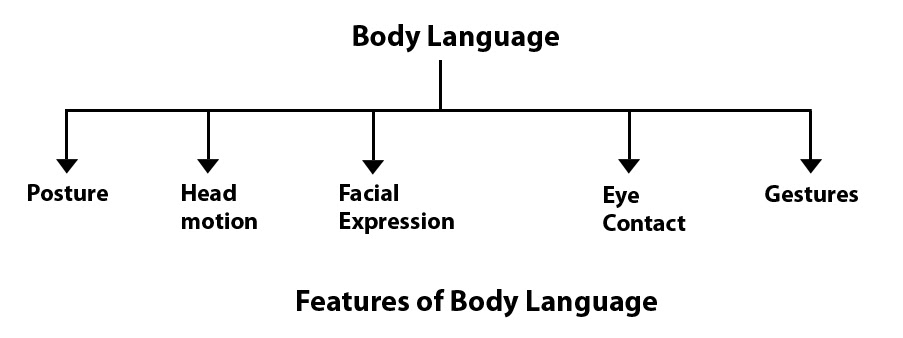Body Language

Figure 24. Features of Body Language. Graphic taken from communication theory.org.35
Consider the importance of the body language used to convey meaning. Aim to communicate a sense of calmness, safety, openness, confidence, positivity, warmth and appreciation through your body language. Avoid postures, gestures and facial expressions that portray anxiety, confusion, fear, chaos, impatience and negativity.
Figure 25. A street medicine PA uses body language to convey care for her patient. Taken by Dr. Coley King of Venice Family Clinic
Strategies to promote effective two-way communication involving body language include:
- Striving for relatable, upbeat conversation and appropriate body language.
- Syncing all features of body language to convey a positive message or feeling of harmony, aligning posture, facial expression, eye contact and gestures.
- Mirroring mutual respect with words and body language.
- Being aware that people suffering from psychosis and addictions may not be communicating in a clear, organized fashion—words may not make sense–so compatible body language is key.
- Keeping in mind that a person with disorganized thinking is trying to communicate but may not have the words, so be patient and allow for silence.
- Using the power of human touch thoughtfully, for example, taking blood pressure offers the chance to hold someone’s wrist.
Be mindful about body spacing and positioning:
- Remain 15-20 feet away from someone until you receive their cue to come closer.
- Be careful not to surround a person with multiple outreach staff, especially when giving an injection or doing a hands-on procedure such as wound care.
- Ensure appropriate space between each person in food, service or vaccine lines.
- Do not approach individuals who are giving off body language cues or signs that they do not want to be approached.
